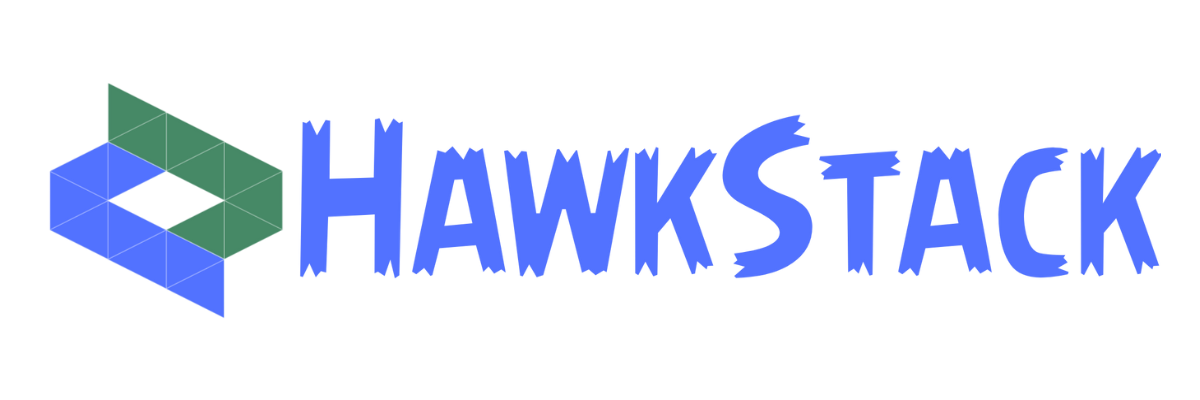Python Programming with
Red Hat (AD141)
Python Programming with Red Hat (AD141) provides a foundational understanding of Python for automation, scripting, and application development. This course covers Python syntax, data structures, functions, and modules, with hands-on exercises to build real-world skills. It is ideal for developers and system administrators looking to enhance automation and integration capabilities using Python.
Course Overview
Learn Python, one of the most versatile and beginner-friendly programming languages, widely used for automation, web development, data analysis, and AI/ML. This course covers Python fundamentals, including control flow, loops, data structures, functions, file handling, regular expressions, JSON parsing, and debugging—all using Python 3 on RHEL 9.0.
For hands-on practice, lab access remains available for 45 days after completing any live course with a virtual environment.
What You’ll Learn in This Course:
- Python Fundamentals – Master basic syntax, functions, and data types.
- Debugging with pdb – Learn to troubleshoot Python scripts efficiently.
- Data Structures – Work with dictionaries, sets, tuples, and lists for handling complex data.
- Object-Oriented Programming & Exception Handling – Build reusable, scalable code with OOP principles.
- File Handling & JSON Parsing – Read, write, and process structured data effortlessly.
- Regular Expressions – Use regex to manipulate and extract text efficiently.
- Modular Programming – Organize large programs with modules and namespaces.
- Third-Party Libraries – Install and manage dependencies using the pip CLI tool.
This hands-on course ensures you gain practical Python skills, setting a strong foundation for automation, development, and data analysis.
Prerequisites for this course
There are no prerequisites for this course.
Course Outline
An Overview of Python 3
Introduction to Python and setting up the developer environment
Basic Python Syntax
Explore the basic syntax and semantics of Python
Language Components
Understand the basic control flow features and operators
Collections
Write programs that manipulate compound data using lists, sets, tuples and dictionaries
Functions
Decompose your programs into composable functions
Modules
Organize your code using Modules for flexibility and reuse
Classes in Python
Explore Object Oriented Programming (OOP) with classes and objects
Exceptions
Handle runtime errors using Exceptions
Input and Output
Implement programs that read and write files
Data Structures
Use advanced data structures like generators and comprehensions to reduce boilerplate code
Regular Expressions
Use powerful regular expressions to manipulate textual data
Parsing JSON
Read and write JSON data
Debugging
Debug Python programs using the Python debugger (pdb)
Impact on Your Organization
Python powers AI/ML, data science, automation, and cloud-native development with its simple syntax and vast library ecosystem. This course provides a hands-on introduction to Python, equipping you with the skills to write efficient and scalable programs.
Impact on the individual
By completing this course, you’ll gain hands-on Python programming skills, enabling you to:
- Prototype and experiment with Python’s simple syntax and dynamic typing.
- Read, write, and process files and JSON data.
- Structure programs using modules and OOP principles.
- Debug effectively and handle errors with exceptions.
- Manipulate text using regular expressions and built-in string functions.
What’s Next?
This course is part of the Red Hat Training Presents program, designed to introduce you to key technologies and lay the foundation for more advanced learning. After completing this Python course, the next recommended step is Red Hat Enterprise Linux Automation with Ansible (RH294) where you’ll apply your Python skills to automate real-world IT tasks.

